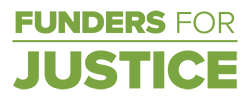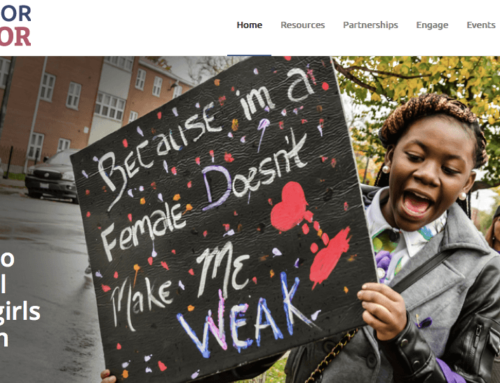“Why can’t we sit there?” asks Angel Campos, holding a cheese pizza box, pointing to the stairs of a nearby building.
“Because we might get arrested by that cop,” responds his brother Freddy.
“But that’s only if we have a blanket and they think we’re trying to sleep there,” says Cecilia Kluding-Rodriguez, her eyes scanning in the other direction.
Finally, Amaya points to an area with two benches about a hundred feet away. “Let’s grab those benches.”
It’s a curious lunchtime shuffle that’s become all too common, they say, since the Denver City Council passed its so-called “urban camping” ban in 2012. One of at least half a dozen such laws passed nationwide since 2000, the ordinance bans any unauthorized “camping” in public spaces. But critics say that it unjustly criminalizes the homeless, more than half of whom are black or Latino, according to a survey conducted by The Gathering Place. The survey also acknowledges that “diverse languages, abilities, sexual orientations and gender identities are represented” in its count, though it doesn’t give specifics. Separate studies have estimated that, nationally, 40 percent of homeless youth identify as LGBT.
The challenges facing LGBT youth of color in Denver have been magnified since police fatally shot 17-year-old Jessica “Jessie” Hernandez in late January. Hernandez’s death was another stark reminder of the dangers faced by queer youth of color in the city. In 2008, Angie Zapata, an 18-year-old transgender woman, smiled at a man, allegedly provoking him to beat her to death with a fire extinguisher. In 2009, Michael DeHerrera, a gay man, was brutally beaten by police after using the women’s restroom at a nightclub. Hernandez’s death was a reminder of the dangers faced by people who are young, brown and queer.
“Jessie could have been any of us,” says Kluding-Rodriguez, an organizer with the Colorado Anti-Violence Project’s youth organizing group Branching Seedz of Resistance. “We’re a target when people just like us are gunned down without reason.”
Hernández’s killing came at a particularly tense time between the Denver police department and its more than 600,000 residents. Twenty-year-old Ryan Ronquillo was shot and killed by officers last July while standing outside of a funeral home. Just two weeks before Hernández’s death, officers shot and killed Sharod Kendell, 23. Two weeks after her killing, the department announced a $860,000 settlement with James Moore, a disabled veteran who was beaten so badly by officers that his heart briefly stopped.
Hernández’s shooting marked the fourth time in seven months that Denver police officers fired at moving vehicles, leading to the deaths of two suspects. Three others were killed in such incidents, according to the Denver Post.
Hernandez’s death has only heightened calls for police transparency in such matters, and within days of her killing, 200 people gathered to mourn her death. Hernández’s family has called for a federal investigation because they believe it’s “the only way to uncover the truth because we have little confidence in the Denver Police Department’s ability to conduct a fair and timely investigation,” they said in a statement posted by Latino Rebels.
Hernández’s identity as a gender non-conforming lesbian has inevitably become part of the narrative surrounding her death, and that’s not just because Creating Change, one of the biggest national gatherings of queer activists, took place in Denver soon after she was killed. Statistics show that queer youth of color are at heightened risk for harassment and by police. Just weeks before her death, on New Year’s Day, Hernández was cited for speeding, eluding a police officer and resisting arrest.
The brutality that Denver police have shown in recent years toward black and Latino men also put Hernandez at risk, according to activists. “People perceived Jessie’s gender as masculine, and that put her at risk,” says Amaya, another activist with the anti-violence group that’s been in contact with Hernandez’s family since her death. “She was targeted because of the chosen family she surrounded herself with, who were all queer, brown and masculine.”
Gender non-conformity carries with it its own risks, especially when it intersects with racism. As Dani McClain reported for Colorlines while looking at the dangers faced by black trans men and African-American masculine-identified women, “Somewhere at the intersection of blackness, gender expression and sexual orientation is a heightened risk for harassment and bias-driven violence.” McClain continued: “People who are perceived as feminine–including femme lesbians and trans women–are certainly at risk, as the case of CeCe McDonald brought to national attention last year. But trans men and masculine-of-center women experience discrimination and harassment in ways that often map more clearly to mainstream narratives about black men.”
For this group of young activists sitting outside of Denver’s Civic Center, among the many questions left unanswered is this one, posed by Teddy Campos: “Would police have handled Hernandez’s cases differently if her gender expression matched her biological sex?”
Amaya drives the point home. “We shouldn’t have to justify our humanity so police [can’t] justify having killed us,” she says. “We shouldn’t have to justify our humanity in order to live. Our existence is not a threat.”
Read the original article here.

